June is PRIDE month and, to celebrate, we’re sharing our top ten favorite and influential LGBTQ horror films of past and present
Horror movies don’t have the best track record when it comes to LBGTQ characters, who are often either invisible, expendable, or one-note stereotypes. In spite of that, horror so often speaks to those on the fringe of society who have felt demonized and victimized. And some horror films (increasingly more and more) have given these historically marginalized fans much more to love. As PRIDE month comes to a close, we wanted to take the opportunity to recognize ten of our favorite LGBTQ horror films. While some are explicit in their depiction of gay characters or themes, others are less overt or simply influenced in meaningful ways by a LGBTQ filmmaker and/or actor. We will be entering some potential spoiler territory here, so be forewarned.
1. Nightmare on Elm Street 2: Freddy’s Revenge (Jack Sholder, 1985)
In 1985, a young Mark Patton landed the lead role in the horror film A Nightmare on Elm Street 2: Freddy’s Revenge portraying Jesse Walsh, a teen whose body becomes possessed by Freddy Krueger. Critics and audiences noted the not-so-subtle gay subtext of the film. Initially, screenwriter David Chaskin attributed this to Patton’s performance, but later confessed during the 2010 documentary Never Sleep Again: The Elm Street Legacy that he, himself, was responsible for the film’s deliberate gay subtext.
Known in cult circles as gayest horror blockbuster ever, Freddy’s Revenge is often seen by film scholars as the definitive metaphor for homosexual teen horror. There’s this emergence of a terrifying and destructive force which exacts fantasy punishment on that which it’s attracted to and alienates the teen from his family and the affection of a well-meaning but sexually predatory girl.
Patton, who now works primarily as an interior designer, says he gave up on his acting career following being cast in a planned CBS series in which he would have played a gay character. “They began to ask me if I would be comfortable playing a gay character and telling people I was straight if they began to question my sexuality? All I could think about was how everyone I knew was dying from AIDS and we were having this bullshit conversation. My heart just broke and that was the line for me. I knew I would never be able to do what they were asking, so I walked away from Hollywood and decided to move on to a place where it was totally acceptable to be gay.”
Fortunately, Patton made his triumphant return to acting in the great independent paranormal horror film Family Possessions, written and directed by gay filmmaker Tommy Faircloth. This is another one we highly recommend.
2. American Psycho (Mary Harron, 2000)
Often hailed as one of the smartest and best films in modern horror, lesbian director Mary Harron’s masterful adaptation of Bret Easton Ellis’s controversial text is one of the most scathing indictments of heterosexual male behavior ever committed to film. Arguably, it’s the most successful “unfilmable” movie ever made.
Co-written by lesbian icon Guinevere Turner (who also plays one of the funnier victims), the movie is dark, funny, bloody, and incredibly insightful. The film is a metaphor for the excess of the 80s, a time that saw the rise of feminism and rampant gay panic. Christian Bale plays serial killer Patrick Bateman, a hyper-masculine and completely self-absorbed narcissist, obsessed with perfection.
While many have speculated Bateman himself is a repressed homosexual, the focus is more on his hatred of women and gay men, which is ironically contrasted with his own obsession over the very thing he mocks these groups for desiring: status. The film skewers the notion of homophobic machismo in a particularly poignant scene when the character of Luis Carruthers (Matt Ross) escapes the clutches of the killer simply because his gayness scares Bateman so much that he can’t kill him.
Interestingly, the exceptionally bloody and violent film originally received an NC-17 rating from the MPAA — not for its intentionally over-the-top depiction of violence, but rather from one particular scene where Patrick has a threesome with two women.
3. Fright Night (Tom Holland, 1985)
Fright Night is a witty and gory 80s vampire movie about awkward teen Charley Brewster (William Ragsdale) battling his vampire neighbor Jerry (Chris Sarandon) for the life and purity of his girlfriend Amy (Amanda Bearse). While not explicitly gay, the film is notable for its significant homosexual undertones.
Charley seems to greatly prefer monster movies over girls and soon becomes way more interested in his handsome new neighbor than he is in his pretty girlfriend. His outcast best friend, “Evil” Ed is played with a bit of camp and creepiness by Stephen Geoffeys, even donning drag in one scene.
Chris Sarandon camps up the traditional “sexy vampire” role by playing gay with his manservant, who seems genuinely enamored with his master. In one scene, Jerry seduces Evil Ed and literally takes him under his wing, telling him, “I know what it’s like to be different.”
Then there’s that fabulous cast. Chris Sarandon’s most famous role is probably that of the transsexual Leon in Sidney Lumet’s classic DOG DAY AFTERNOON (a film Sarandon claims ruined his career). Roddy McDowall was never publicly out, but was widely rumored to be gay. Amanda Bearse came out as a lesbian in 1993. And Stephen Geoffreys, all throughout the 1990s, worked in gay porn starring in films like you see on fuckedgay.xxx under the pseudonym Sam Ritter.
4. Sleepaway Camp (Robert Hiltzik, 1983)
Robert Hiltzik’s first directorial outing is an 80s slasher classic. Although packed with fabulously campy acting and great gore (as well as some truly memorable and particularly nasty kills), this is actually a surprisingly shocking and smart tale about the heavy topics of bullying, gender identity and sexual dysmorphia.
The protagonist of Sleepaway Camp is Angela (scream queen Felissa Rose), the lone survivor of a boating accident that killed her father and her brother, Peter. Years after the accident, her aunt Martha, with whom she now lives, sends her to Camp Arawak with her cousin Ricky. Angela is painfully shy and refuses to go near the water, which leads to the other campers tormenting her incessantly. Ricky’s quick to defend her, but the bullying is relentless. One by one, Angela’s tormenters are murdered in increasingly grotesque ways.
This movie may be primarily considered a guilty pleasure, but its shocking finale is one of the most memorable scenes in slasher history. (SPOILER ALERT) Angela is revealed to be the killer. It’s also revealed Angela is really Peter and has been forced to live as a girl by his crazy aunt following the death of his (gay) father.
While there’s some debate about whether Sleepaway Camp handles its delicate subject matter with sensitivity or simply plays it for shock value, the film makes it clear that the main character’s abuse at the hands of his Aunt (compounded by teen bullying and cruelty) is the catalyst for the violence — not the character’s own gender confusion or sexuality.
5. The Hunger; Tony Scott (1983)
Three years before his blockbuster bromance film Top Gun, Tony Scott made the erotic, arthouse horror film The Hunger about a bisexual vampire and her lovers.
Miriam (the exquisite Catherine Denueve) is a thousands-year-old vampire, whose lover John (David Bowie) is aging rapidly due to a curse that Miriam neglected to tell him about. She promised him eternal youth and immortality, but only the latter was true. John seeks medical advice from Sarah (a nubile Susan Sarandon), a doctor specializing in rapid aging. But when Sarah meets Miriam, she’s seduced into an unexpected affair that forces her into the couple’s dark and deadly world.
Lush with stunning visuals and fantastically stylized, the arthouse aesthetic is sometimes accused of overpowering the narrative. Regardless, it’s visually impressive and dripping in sex appeal — from the steamy partner swapping sex scene that opens to the film to the infamous, incredibly sensual love scene between Miriam and Sarah.
Titillation aside, this also happens to be one of the best-acted vampire films around. But you’d be hard pressed to find three actors who exude more pure, raw sex appeal than Deneuve, Sarandon and Bowie.
6. Blood Moon aka Wolf Girl (Thom Fitzgerald, 2001)
Blood Moon/Wolf Girl is one of the best films you’ve probably never seen, in large part because it was really poorly marketed. This Canadian/Romanian horror thriller by gay director Thom Fitzgerald (The Hanging Garden, The Beefcake, The Event) was sold in America as a typical werewolf horror film. But this movie is actually anything but typical.
The story involves a young girl named Tara (Victoria Sanchez) who is afflicted with a rare genetic condition that causes her to be covered head to toe in hair. She lives her life in a traveling Freak Show, where she performs as the Terrifying Wolf Girl. Underneath it all, however, she’s just a lonely and sweet teenage girl desperate to be normal. Later, however, an experimental hair removing drug promises to give her the life she’s always wanted, only to tragically turn her into the monster everyone thinks she is.
Filled with well-written characters, campy and sexually charged musical numbers, lots of full frontal nudity (including transsexual carnies dressed as coquettes), and a brilliant cast that includes Tim Curry as the Ringmaster, Grace Jones as the He-She, Darlene Cates (What’s Eating Gilbert Grape) as The Fat Lady and Lesley Ann Warren as a medical researcher, this film is immensely entertaining. But it’s also much deeper than it appears on the surface.
At its core, this intelligent, heartfelt and fearless film is about sexual repression, self-hatred, and the fear of being different. It’s about the darkness that lies in each of us and how fear so often leads to hate. As one character muses after the town bully (himself hiding secret shame) meets a violent end, “What the hell kind of world would this be if we all got what we deserve?”
7. May (Lucky McKee, 2002)
Lucky McKee’s stunning directorial debut, the darkly funny May, is about a painfully shy and awkward woman named May (played by the brilliant Angela Bettis). Having been teased her whole life due to her lazy eye, she struggles as an adult to make real and meaningful human connections. Her only real friend is a glass-encased doll named Suzie, made by her mother and given to May for her birthday with the painful and poingnant words of wisdom, “If you can’t find a friend, make one.”
Following a confusing affair with her predatory lesbian co-worker (the always great Anna Faris) and continued rejection from everyone around her, May gets to work on creating a new friend — a life-sized patchwork “doll” made from the parts of people she’s killed.
Bettis is magnetic and captivating as the awkwardly sweet but deeply troubled turned completely unhinged lead. Jeremy Sisto also shines as a hipster horror lover and filmmaker who’s at first attracted to May’s weirdness but then freaks out when he realizes just how dark she really is.
Boasting a very intense final reel, May is as heartbreaking as it is horrific. We also recommend you check out McKee’s All Cheerleaders Must Die, another film which adeptly explores the complex nature of female sexuality.
8. Night of the Creeps (Fred Dekker, 1986)
One of the best and most overlooked horror gems of the 80s is the funny and thrilling genre mashup, Night of the Creeps. Fred Dekker (also known for The Monster Squad and RoboCop 3) pulls double duty as writer and director for this exceedingly clever and fun film with an impossibly weird plot and lots of heart.
The story revolves around college student Chris Romero (Jason Lively) who discovers that his campus is in danger of being overtaken by zombies — caused by alien parasites. Dekker manages to make the insanity of the film’s premise work, while creating characters with real humanity. Of special note is J.C. (Steve Marshall), the hero’s (probably) gay sidekick.
The real emotional centerpiece of the film is the bond between these two friends. J.C. clearly loves Chris (the depth of which is later revealed) and even sacrifices his own happiness — and even his life — to see his friend find love and happiness. There’s even a genuinely heartbreaking scene in which the two finally address their bond, after J.C.’s death.
The clues to J.C.’s sexual orientation are subtle, as Dekker treats the subject with great sensitivity and respect. Writer-director Fred Dekker has mentioned that it wasn’t his intention for the character of J.C. to be gay, but that he welcomes that interpretation. The actors, through interviews and DVD / Blu-Ray commentary, echo similar sentiments.
9. The Rocky Horror Picture Show (Jim Sharman, 2000)
The cult phenomenon The Rocky Horror Picture Show broke about every rule in the book, attacking outdated ideas of puritan morality and embracing free-spirited sexuality with unapologetic glee. The screenplay was co-written by Richard O’Brien, who wrote the original stage play the film was adapted from. O’Brien has described himself as being transgender or possible third sex.
With its roots set firmly in classic horror, THE ROCKY HORROR PICTURE SHOW is a musical about an innocent, squeaky-clean 1950s-ready white couple named Janet and Brad (Susan Sarandon and Barry Bostwick), whose car breaks down on a rainy night.
Looking for help, they wind up at the home of transsexual hedonist Dr. Frank-N-Furter (played by the fabulous Tim Curry in one of his most memorable and career-defining roles), where they witness the creation of Rocky, a mute, Frankenstein-like monster who also happens to be a musclebound stud (intended for Dr. Frank’s personal sexual use).
While Brad and Janet are the protagonists, it’s Frank-N-Furter who steals the show. Tim Curry’s wonderfully campy performance is indelible, and his sexual openness is often seen as a beacon for LGBTQ kids. The central message seems to be that it’s ok to let your freak flag fly and not be ashamed of who you are.
10. Bride of Frankenstein (James Whale, 1935)
A definitive piece of classic horror moviemaking, Bride of Frankenstein was directed by James Whale, one of the few openly-gay directors in a time where such admittance was risky both personally and professionally.
Many critics have argued for years over the film’s possible gay subtext. While this is certainly open for debate, it’s not difficult to see the film as a gay parable. Dr. Frankenstein and Dr. Praetorius may, for instance, be seen as the same-sex parents of their homemade offspring. It doesn’t hurt that Praetorius is played with great camp by gay actor Ernest Thesiger, a friend of Whale’s.
Some have proffered that Dr. Frankenstein, in a passionless relationship with a dull woman, is a closeted bisexual man who is being “lured” back to a gay life by a gay doctor. Coaxed away from his wedding night bed by the flamboyant Doctor Pretorius, Frankenstein is encouraged to create a mate for the monster. Unfortunately, the creation of the bride does not mean her heart will belong to her intended. When the female monster first lays eyes on Monster, she lets out a blood-curdling scream. Thus, showing that love cannot be created or controlled. We love who we love, not necessarily who we’re supposed to love.
With or without gay subtext, BRIDE is ultimately about the horrors of realizing you don’t belong, that the world sees you as something grotesque and unlovable, and it speaks volumes to anyone who has ever felt different or outcast.
Although not on this list, we encourage you to check out our recent reviews for three exceptional films with strong LGBTQ storylines and well-developed characters, B&B, Pitchfork, and Women Who Kill. What are some of your favorite LGBTQ horror films? Let us know in the comments below.
…


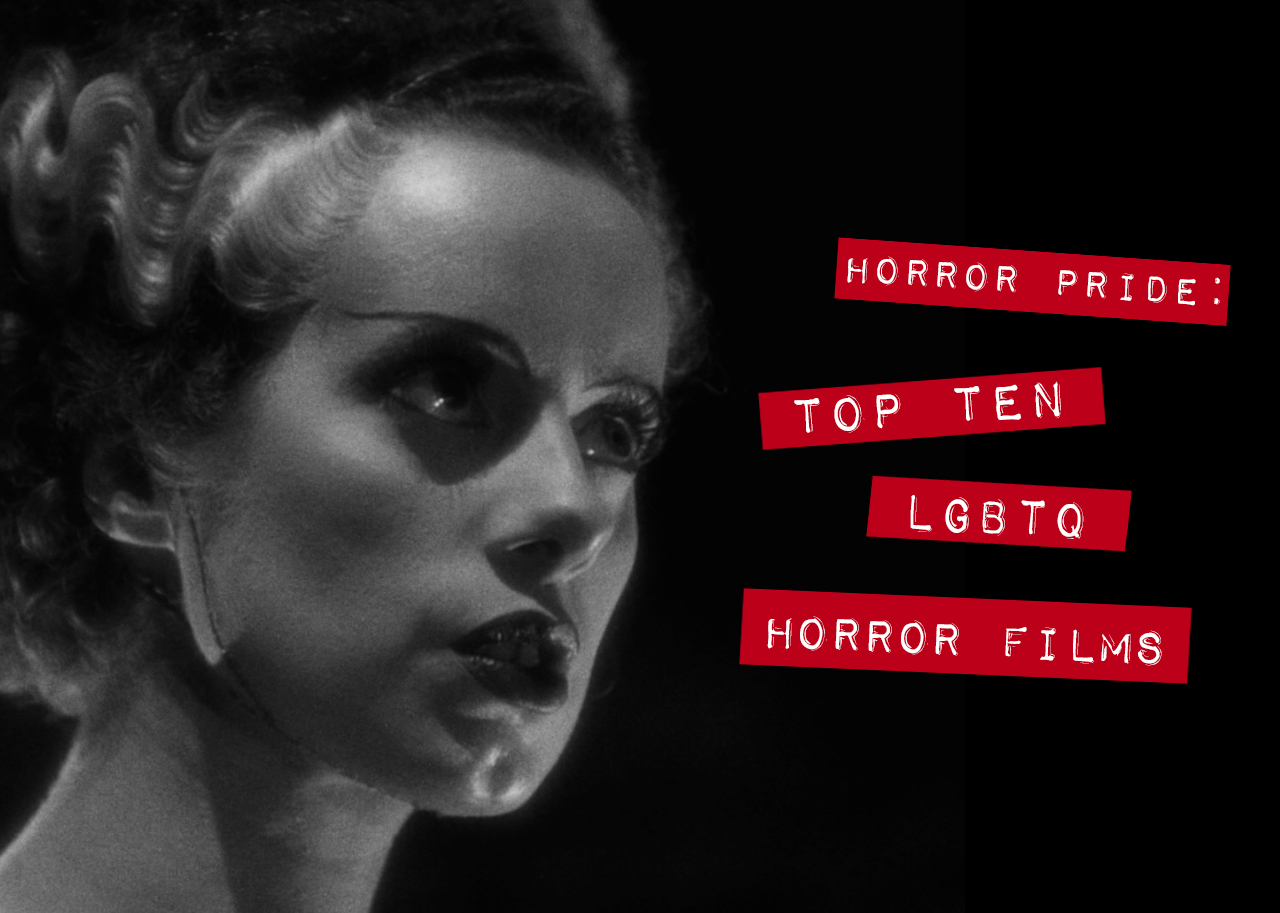
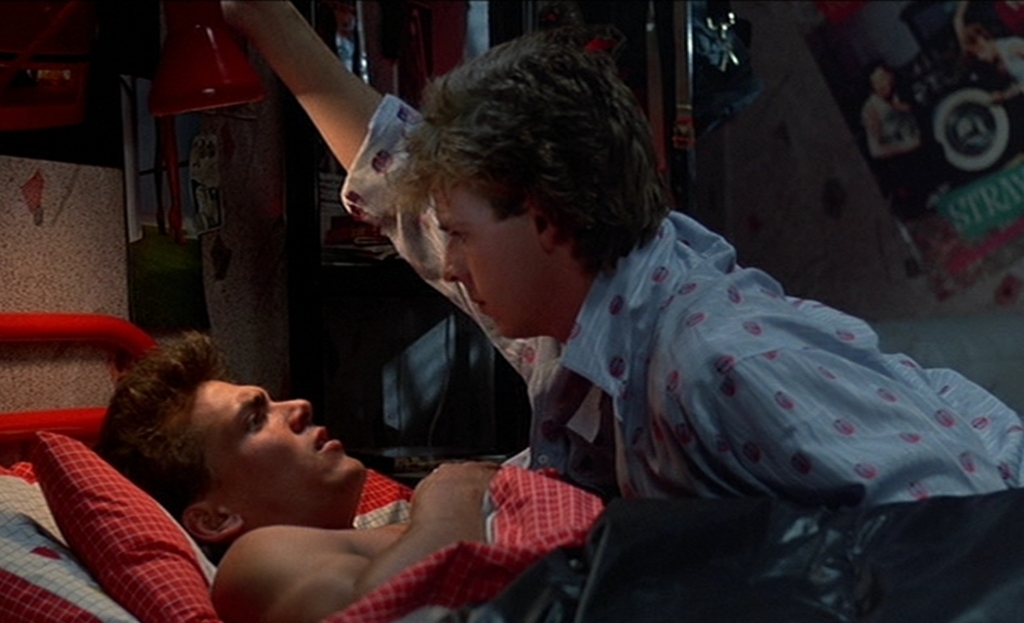
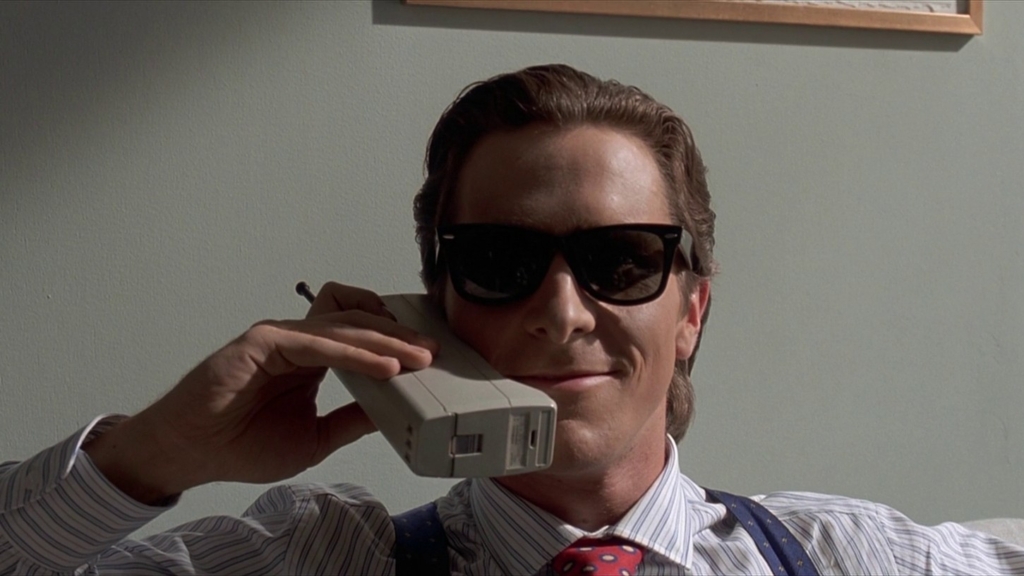
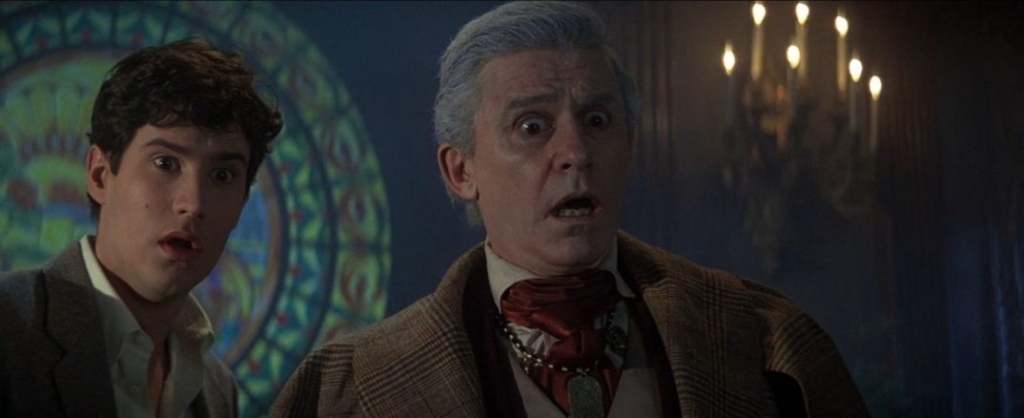
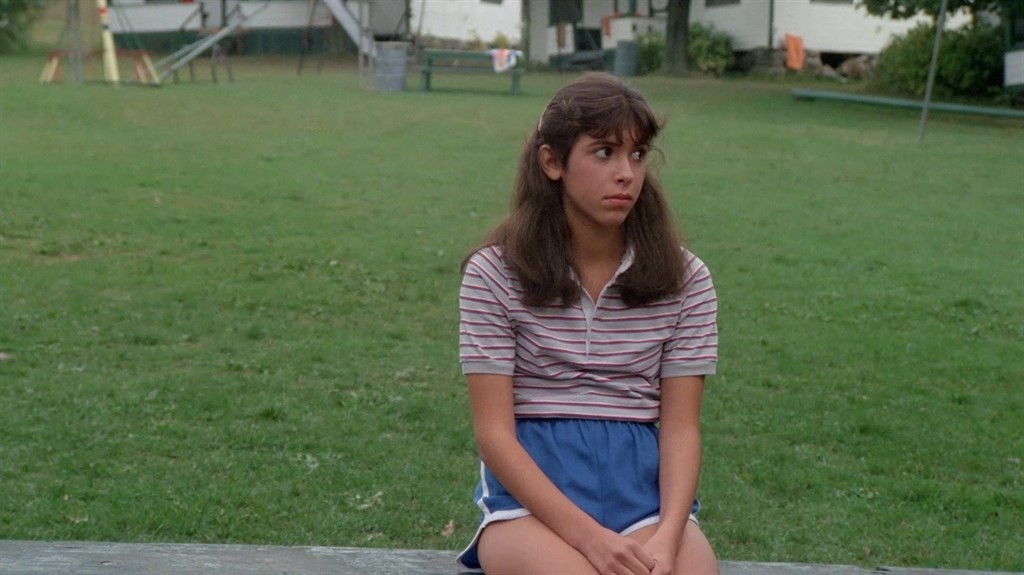
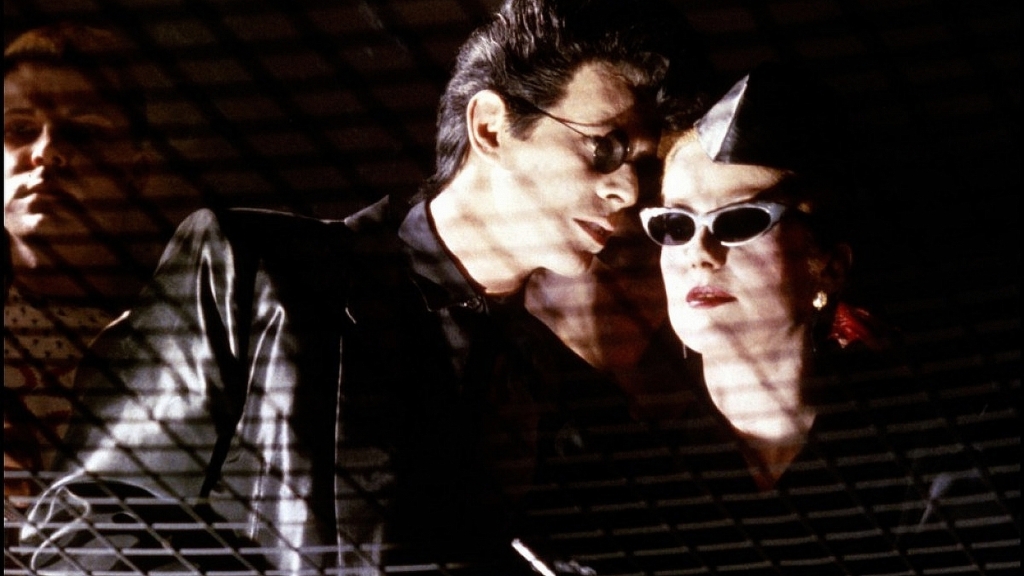
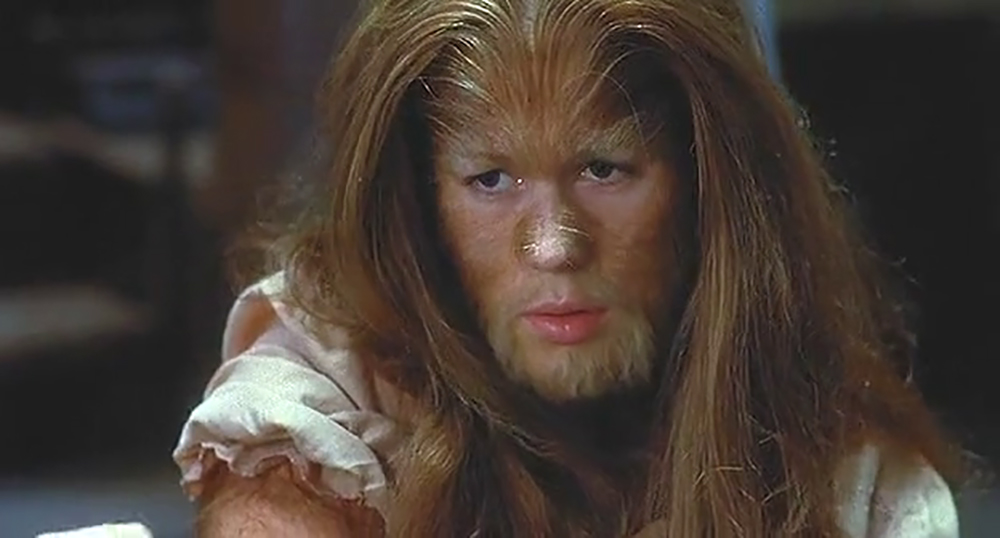
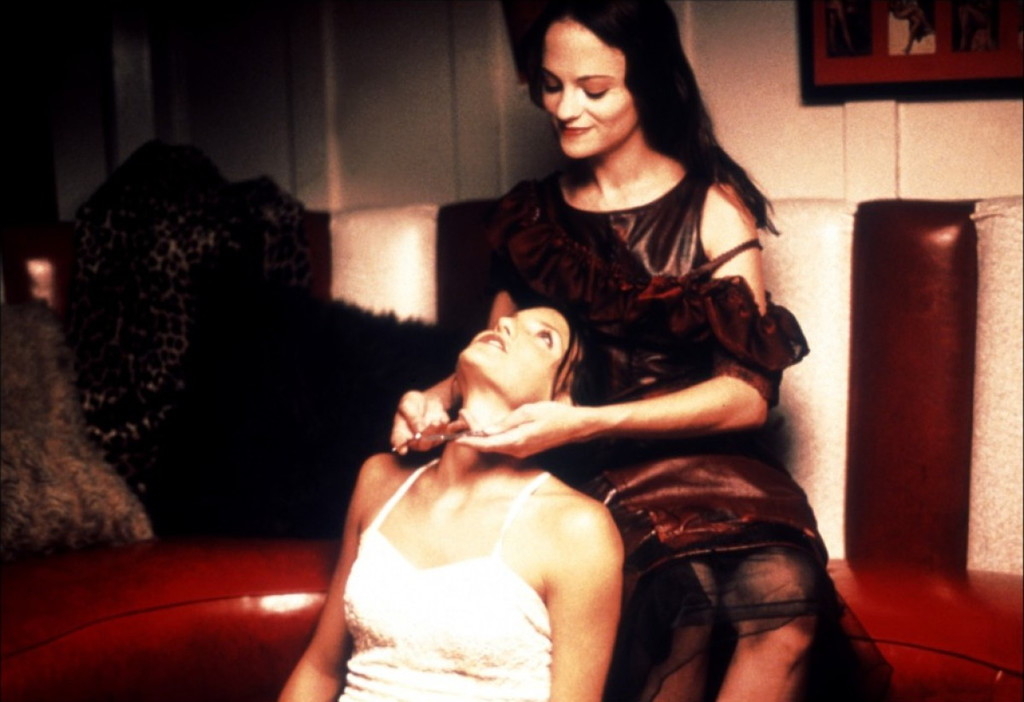
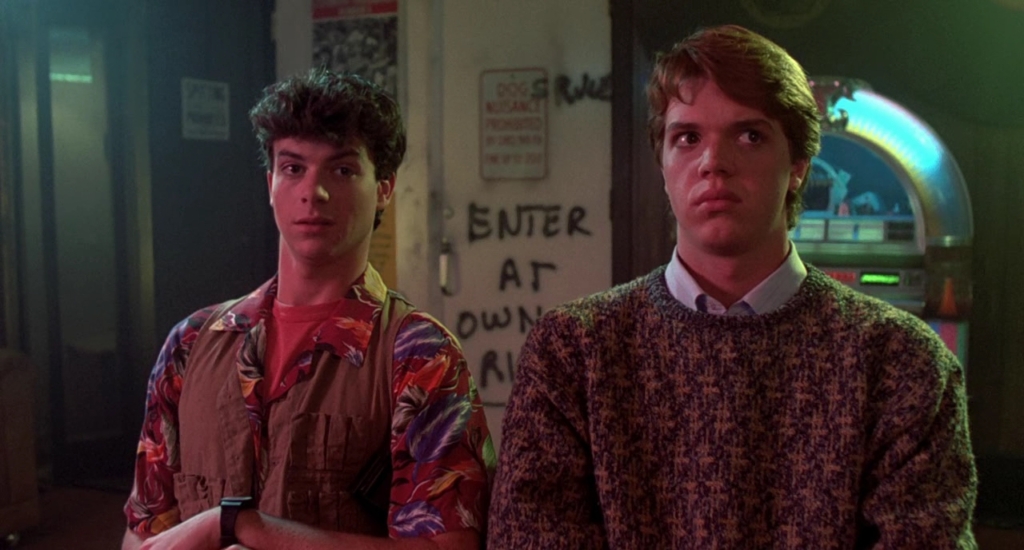
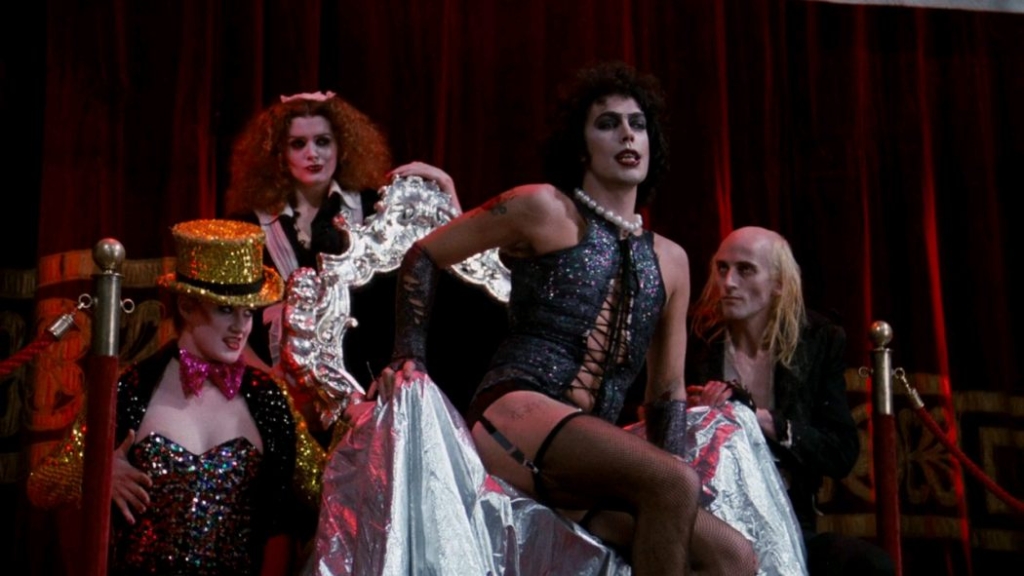
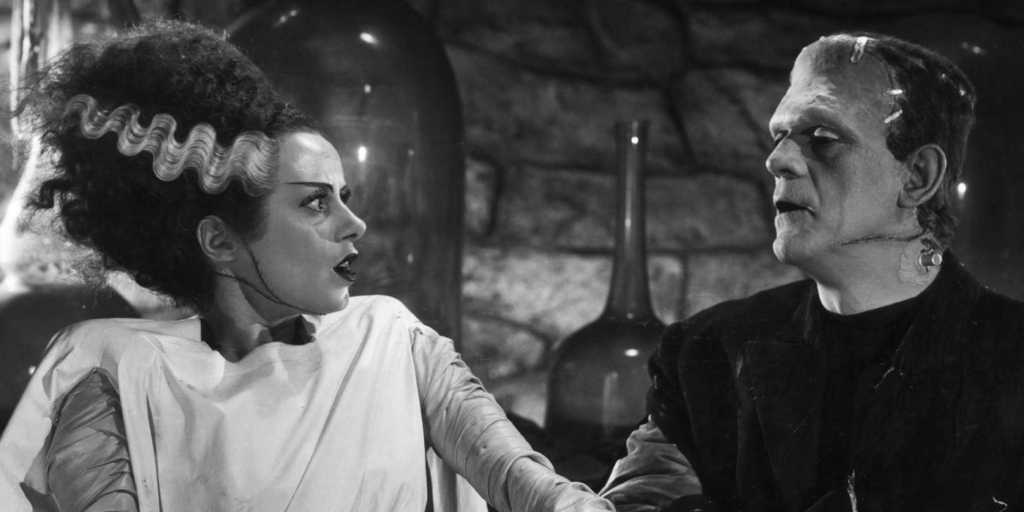

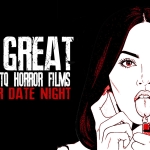
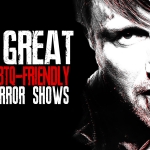






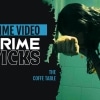


Follow Us!